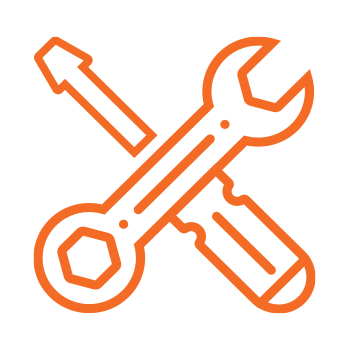Form Field Creation and Filling—ActivePDF Toolkit enables you to populate PDF form fields dynamically, from a data-source, XML data or another PDF form. Additionally, Toolkit allows you to generate form fields on the fly to precisely control the layout of database reports.
Dynamic PDF Generation—Toolkit enables you to convert text and images to PDF. You can also create PDF pages, draw lines, and apply colors and text styles.
Merging and Copying—ActivePDF Toolkit's merge and copy features enable you to append pages to and extract pages from your PDF files, creating comprehensive PDF documents.
Compress PDF files—Toolkit uses text, image, and object compression to reduce PDF file size.
Stamping Text and Images—Stamping involves placing text and images on PDF pages. Watermarking, custom headings and page numbering are example applications of this feature.
Stitching—Stitching allows you to combine one or more PDF documents, creating a custom PDF with precise placement, multi-up, on a single page or onto several pages.
Bookmarks—With Toolkit, you can create, import, edit, and delete bookmarks used for document navigation.
Thumbnail page labeling—Toolkit allows you to add multiple ranges of text labels and page numbers to the thumbnails used for document navigation.
Set print box boundaries—You can create and define boundaries for art, trim, bleed, and media boxes. You can also define a crop box to specify the region viewable and printable from a PDF reader.
Set the initial view for a PDF—Toolkit's initial view features allow you to customize the display of a PDF when it is first opened. You can control such options as the page layout, PDF window size, and setting the opening page number for output PDFs.
Metadata Management —Toolkit includes an extensive set of calls for adding and managing metadata to categorize your PDFs for search and retrieval, and distribution. XMP Manager includes support for adding information from any form field to the XMP metadata. XMP manager also supports the use of your own metadata schema or a publicly supported schema such as Dublin Core, as well as supporting the original document description and custom properties metadata.
PDF Security—Toolkit allows you to encrypt and decrypt files using the PDF security model. Toolkit supports 40, 128 AES, and 256 AES-bit encryption, enabling you to password-protect PDF files, disable end-user printing, and prevent copying of text and graphics. Toolkit also includes a PDF fingerprint option. If selected, a PDF fingerprint is hash-generated from the contents of the PDF, which is appended to the end of the output PDF, enabling you to verify the integrity of the file contents.
Digital Signatures—Digital Signatures use strong encryption to authenticate the identity of the PDF creator and the integrity of the PDF content. You can also specify a trusted server and apply timestamping to digital signatures.
Linearization—Toolkit's Linearization features prepare large PDF documents for byte-serving over the web. This allows your users to view a specified page instantly while the remaining pages are loaded silently in the background.
Data extraction—Extract data within PDF files with Extractor.
Rendering—Render PDF pages as images, using Rasterizer.
Redaction— Redactor removes sensitive information from PDFs.
Printing—Print PDF to paper, using Spooler.

